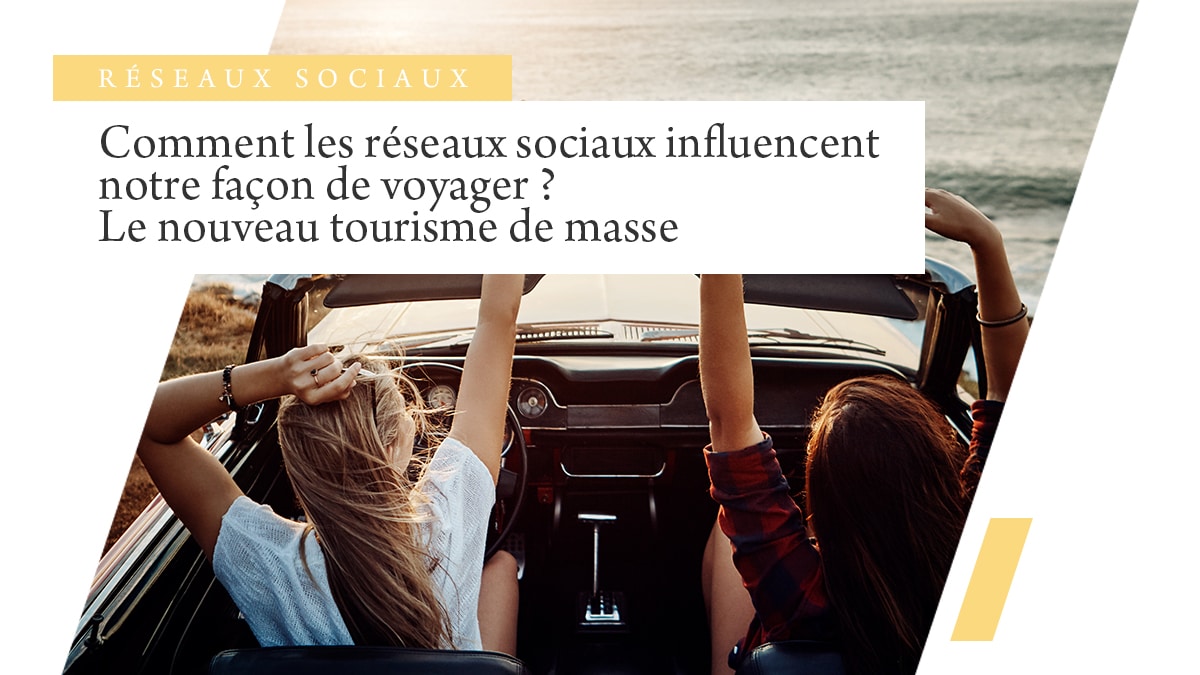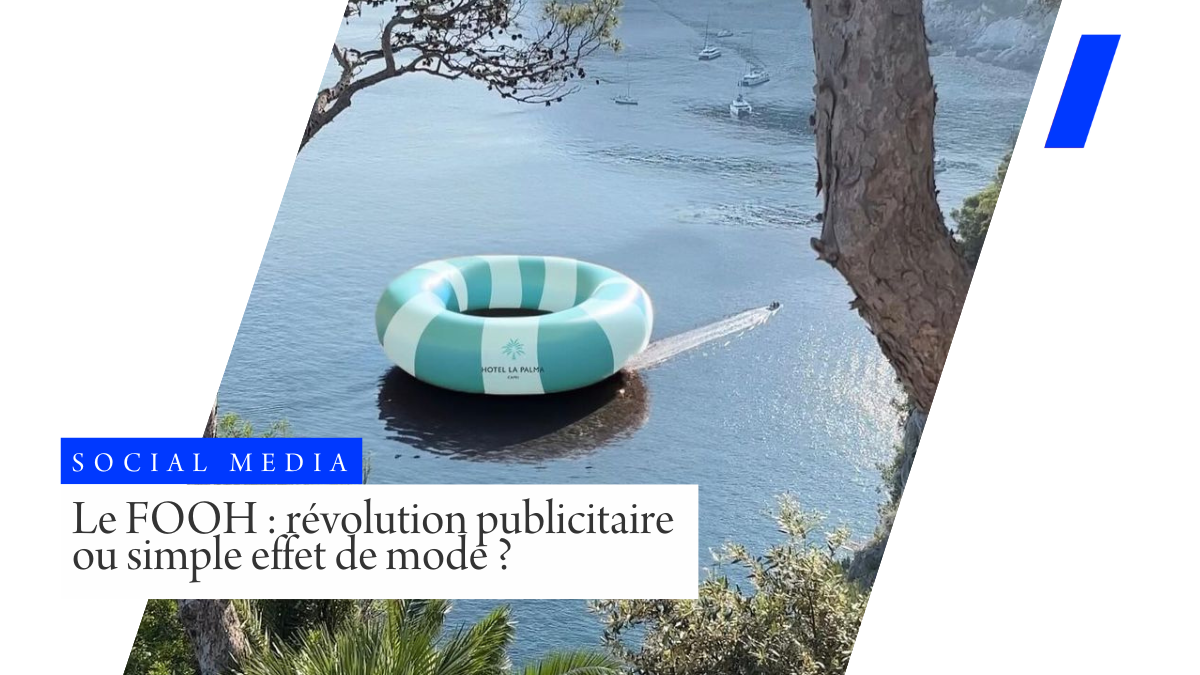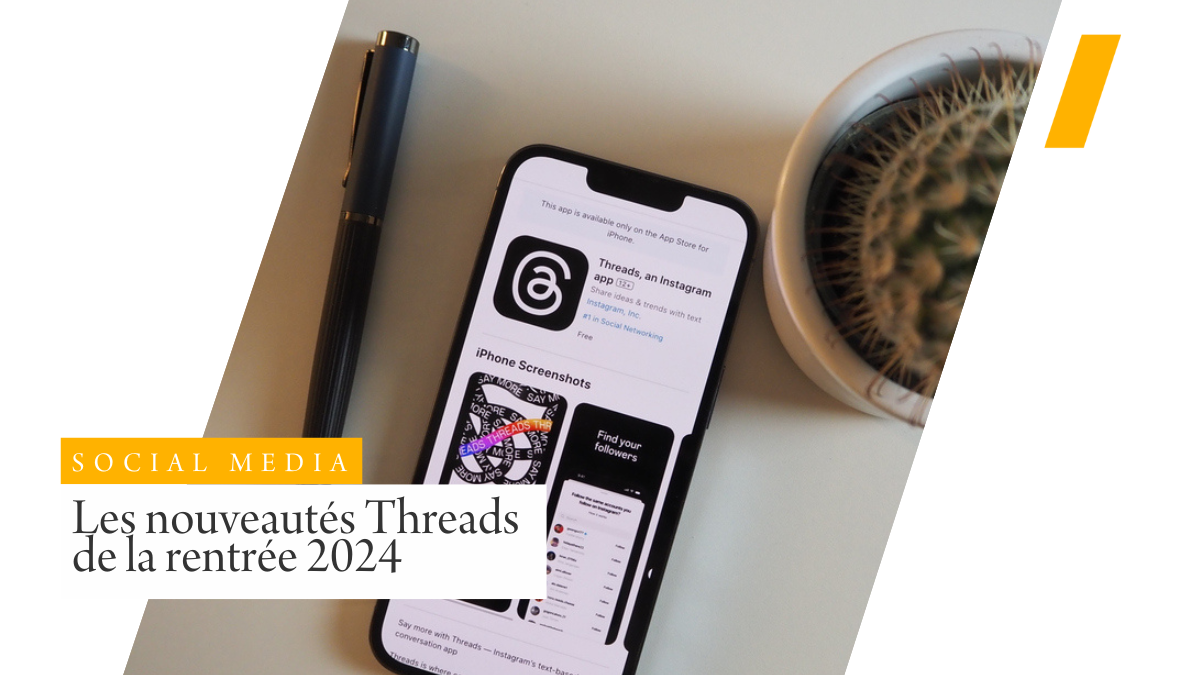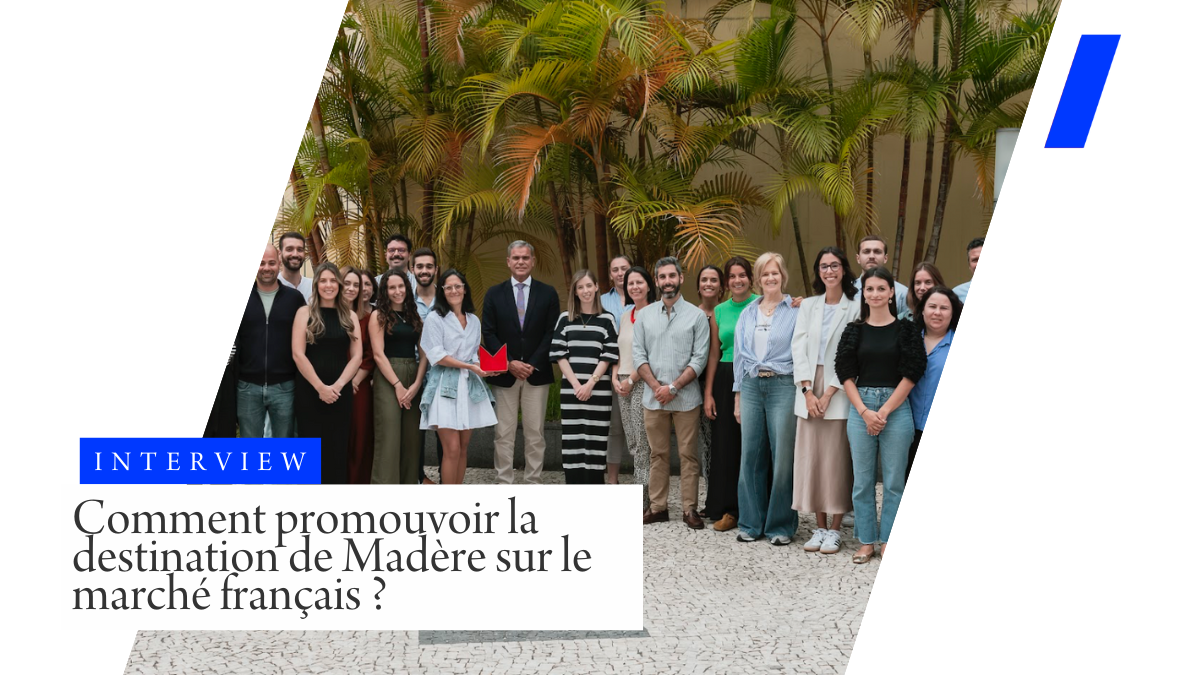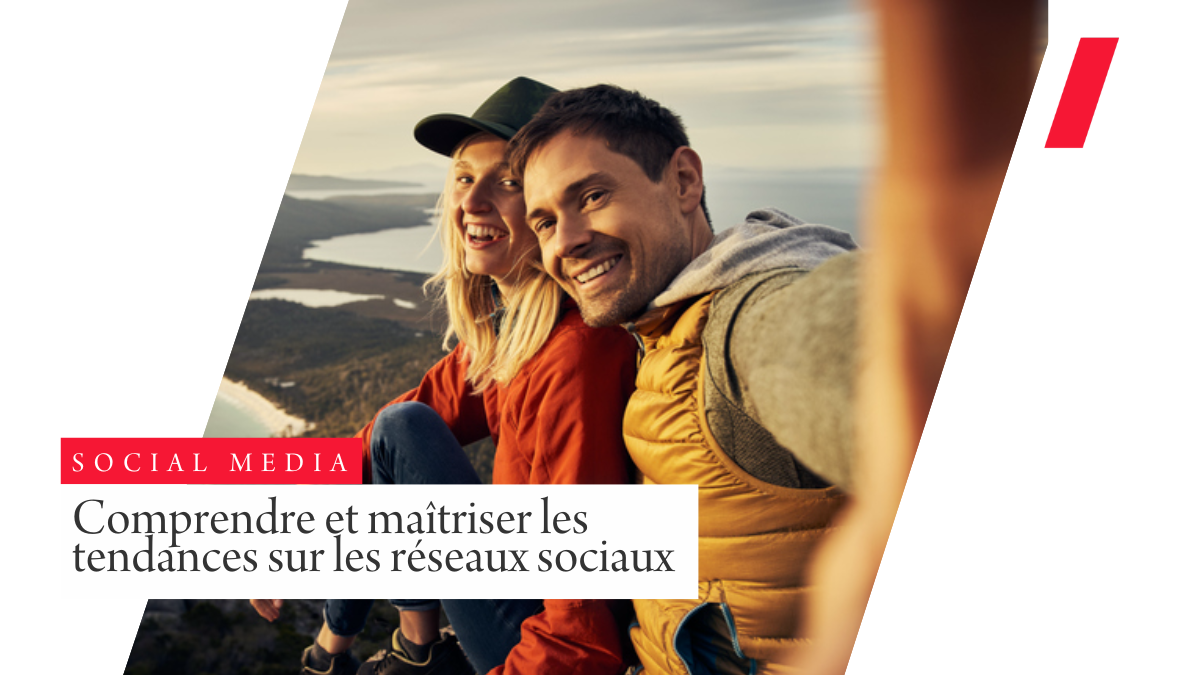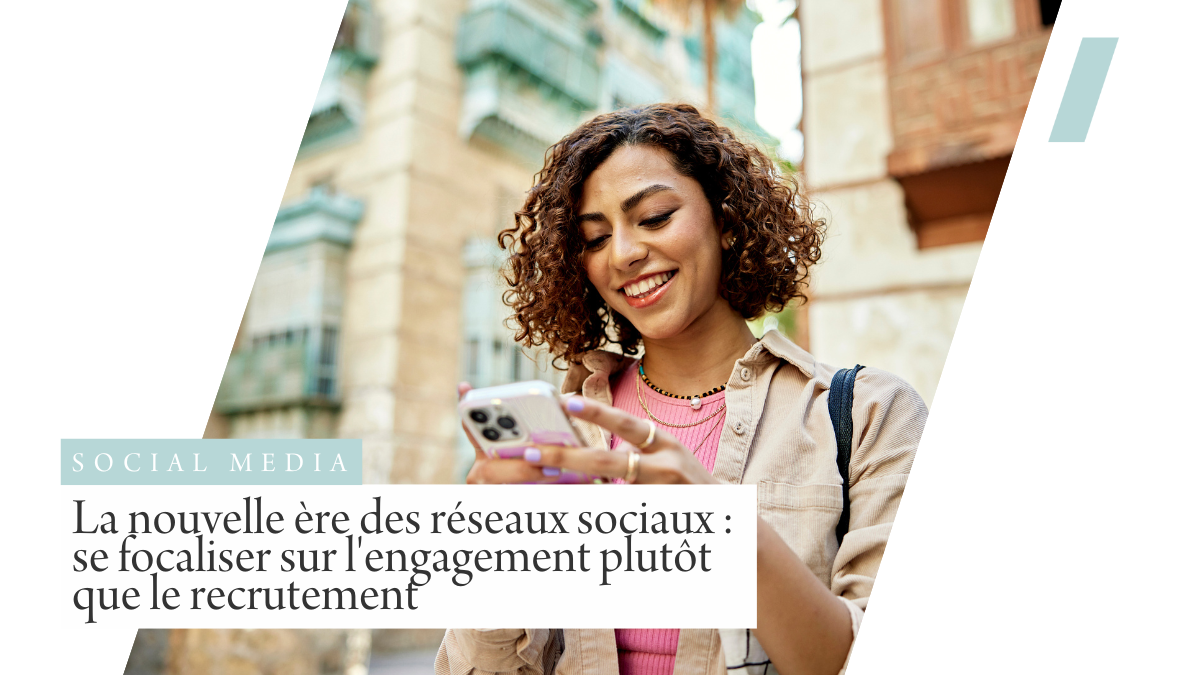It’s nothing new – we’ve always loved sharing our travel memories: travelogues, photo albums, blogs, etc. But what impact do social networks have on the way we travel and share our journeys today? How would Homer’s Odyssey have been told in the digital age?
Their usefulness and influence is well established, and over the last two years they have proved to be essential for the tourism industry. Influence operations, communication of information, promotion of territories, content created by influencers… We have seen that social networks played a predominant role during the Covid-19 crisis. Here, we look at the essential role they play in tourism, particularly in the recovery, and how, over the years, they have become a source of inspiration for travelers.
The importance of social networks in tourism
When preparing our travels, we are increasingly influenced, consciously or unconsciously, by external elements, and in particular by what we can see on the internet or social networks. Instagram has become, for some years now, the n°1 social network in terms of inspiration and influence. Whether it’s through beautiful photos of places, real-life shares or stories, or thanks to influencers, we’ve all, at one time or another, wanted to go to a place seen in photo or video.
- According to a survey by eDreams Odigeo, 42% of tourists book their vacations based on a destination’s “Instagrammable” potential.
- According to a study by Schofields, 40% of millennials choose the countries they will travel to thanks to Instagram.
- According to a Booking study, 32% of its users prefer photogenic establishments for their vacations.
Many destinations have realized this, and are increasingly positioning themselves on fashionable networks, with the aim of boosting their attractiveness and reaching a target that is fond of social networks: the millenials. This is how TikTok, with its snack-video format, is enjoying a meteoric rise. However, few destinations are present on the site, even though it’s in their interest to be.
Indeed, this network is now emerging as a powerful new marketing lever. Thanks to the imagination they can create in consumers, videos are of real importance in tourism communications, and have a real power to influence travel consumption. With confinements and border closures, escape-seeking travelers have taken to (re)experiencing their journeys through social networks, particularly via video.
According to TikTok France, travel is one of the five most-followed themes on the app. This network represents significant storytelling potential for a destination or tourism brand, enabling users to escape, discover, get inspired and plan their next destinations.
This theme also has the merit of appealing to a wide audience, and its content can be produced by destinations, industry professionals or travelers themselves.
As a tourism professional, being active on TikTok means being present on a trendy and dynamic communication channel. It also means staying in tune with the expectations of the network’s users, the millenials. Although the youth of these users can sometimes be perceived as a hindrance, they nonetheless represent the travelers of tomorrow. What’s more, these young people often influence their parents’ choices in the purchasing and destination selection process. It is therefore important to identify their needs and adapt to their expectations by offering them appropriate content, deployed on a communication channel they prefer.
Faced with this hyper-connectivity, destinations need to manage their e-reputation in order to remain attractive to consumers. Some destinations are put in the spotlight thanks to an influencer’s photo, to the detriment of others, for example.
As a result, more and more influencer marketing strategies are being put in place, with the sole aim of becoming increasingly visible in order to boost traffic.
Mass tourism or egotourism
We’ve seen that Instagram and TikTok are two platforms that enable tourism professionals to target a new generation of travelers, observe new trends, as well as create inspiration among travelers.
However, there are also less beneficial consequences for places and destinations, such as overcrowding, the destruction of nature, or the standardization of the experience. Indeed, travelers no longer seem to set off simply for a change of scenery or the discovery of a new culture, but are looking for the perfect photo to show their network that they were at that very spot, at that very famous photo spot. They all want to experience the same journey, take the same route.
There’s no denying that these networks are highly influential in the tourism sector. Indeed, a published photo that matches Instagrammable “codes” can help popularize a destination, and its geolocation can trigger the arrival of thousands of tourists.
We see the importance of photography in travel, sometimes to the detriment of the traveler’s experience. The quest for instagrammability threatens the experience and develops the standardization of travel. This standardization of tourist experiences echoes the notion of community: by visiting a famous site and mimicking the photos seen on Instagram, consumers will feel part of the community of travelers, seeking recognition from others.
It’s called egotourism, and it characterizes the choice to travel to a destination for the sole purpose of boosting one’s own online popularity. This influencer or that famous person is vacationing in Greece? I’m going to Greece this summer too, because it’s a “trendy” destination.
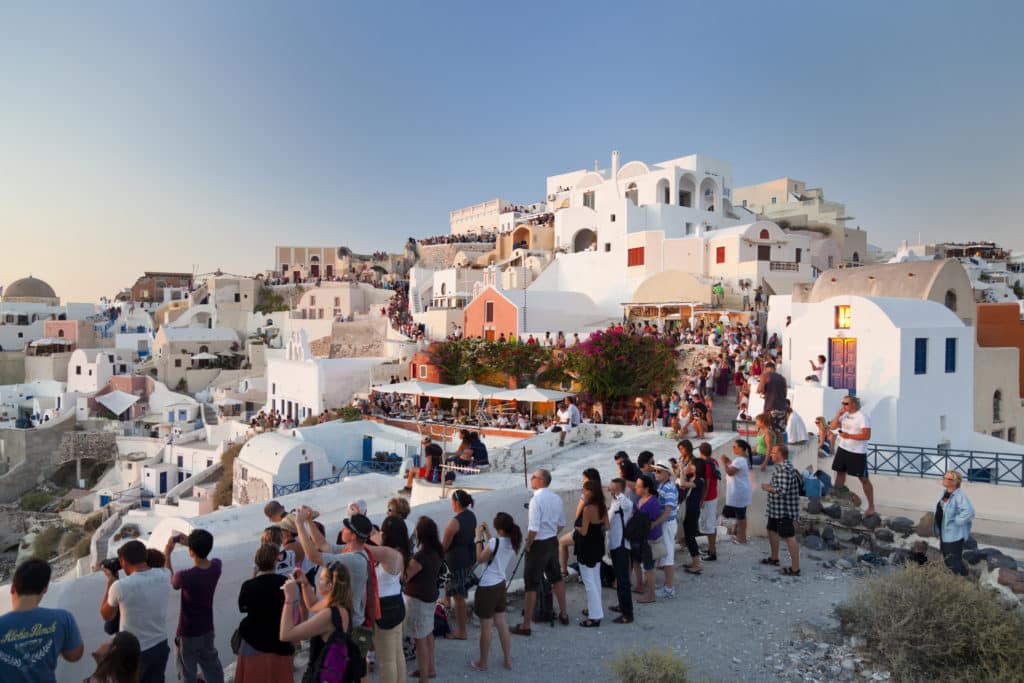
Drift
The overexposure of a venue as a result of a digital spotlight can very often lead to over-frequentation, with all its negative effects. Unfortunately, most of the time, these instagrammable places are off the beaten track or still little-known, which means they don’t have the infrastructure to welcome so many people, which can sometimes lead to the destination being denatured. The search for THE perfect photo or video can have far from negligible consequences, such as over-frequentation and the fragilization of flora and fauna, which can sometimes lead to the restriction of visitor numbers or the closure of the site.
That’s why some destinations don’t hesitate to create Instagrammable sites, offering the right infrastructure, to deliberately and thoughtfully attract tourists to the site.
This is the case of Vietnam, for example, which in 2018 produced a “fake” site in response to the demands of Instagrammers in search of perfect photos. The country has built an amusement park on the summit of Mount Bana, with infrastructures worthy of the biggest theme parks. The park’s international success is closely linked to Pont d’Or, which made its name thanks to Instagram and influencers. In just a few months, this totally unknown site became a global phenomenon, easily attracting several million visitors. The site has become a veritable selfie factory, where people come to photograph the two giant Buddha hands.
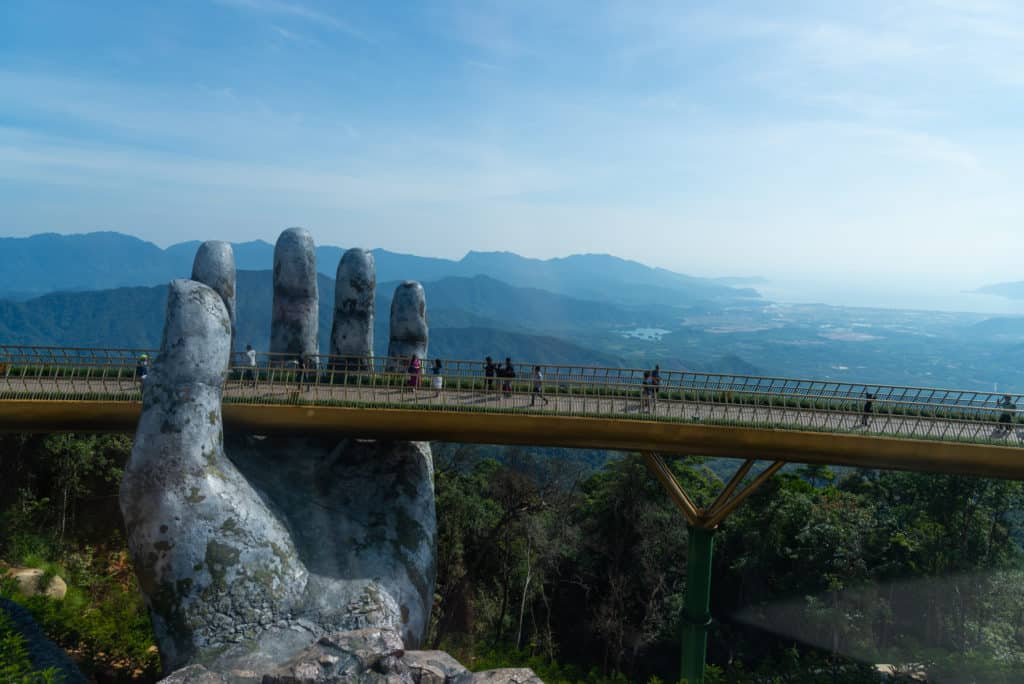
Another example is the city of Amsterdam, a victim of its own success, which has launched an advertising campaign entitled “Holland, the New Cool” (which has won several awards) to combat mass tourism in Amsterdam by promoting all the country’s destinations.
We’re also seeing the emergence around the world of new types of cultural establishments influenced by the quest for Instagrammability, such as selfie museums where everything is arranged and created to make pretty Instagram photos. Take, for example, the Museum of Ice Cream in San Francisco, which offers visitors the chance to photograph themselves in landscaped settings such as ball pools, swings and giant pink flamingos.
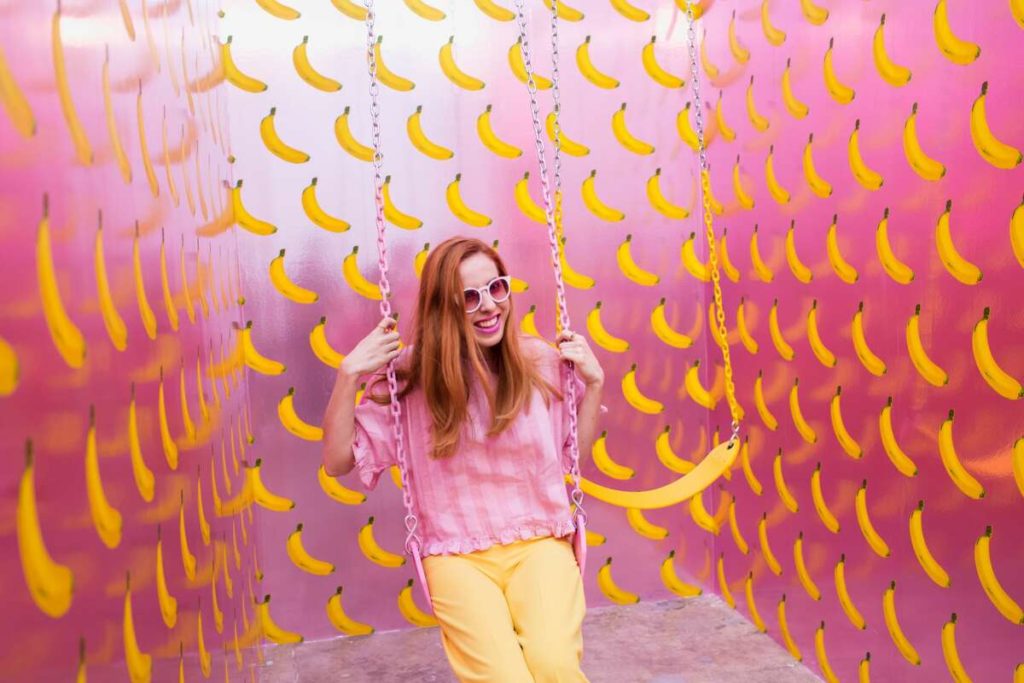
This tourist exodus created by Instagram and TikTok is also distorting the travel experience, as some travellers visit sites with the sole aim of recreating a photo or video, rather than discovering the destination. This is already the case at Canada’s Joffre Lakes, where some tourists no longer experience nature, but simply enter and leave the park once the photo has been taken on the famous log. This is how destinations can lose their charm or notoriety and become nothing more than an Instagrammable spot.
Another important drift in the search for THE Instagrammable photo, or the most incredible spot for a perfect TikTok on your trip, is to push the limits of the strange and dangerous. Unfortunately, many travelers take significant risks, sometimes putting themselves in harm’s way, in order to get the spectacular photo that will have big viral potential. As a result, we’re increasingly witnessing dangerous behavior and risk-taking on the part of travelers. Some don’t hesitate to defy the law to take photos of themselves, or to go to sites that are difficult to access without any physical preparation or itinerary. Since 2008, more than 379 people worldwide have died trying to take a selfie.
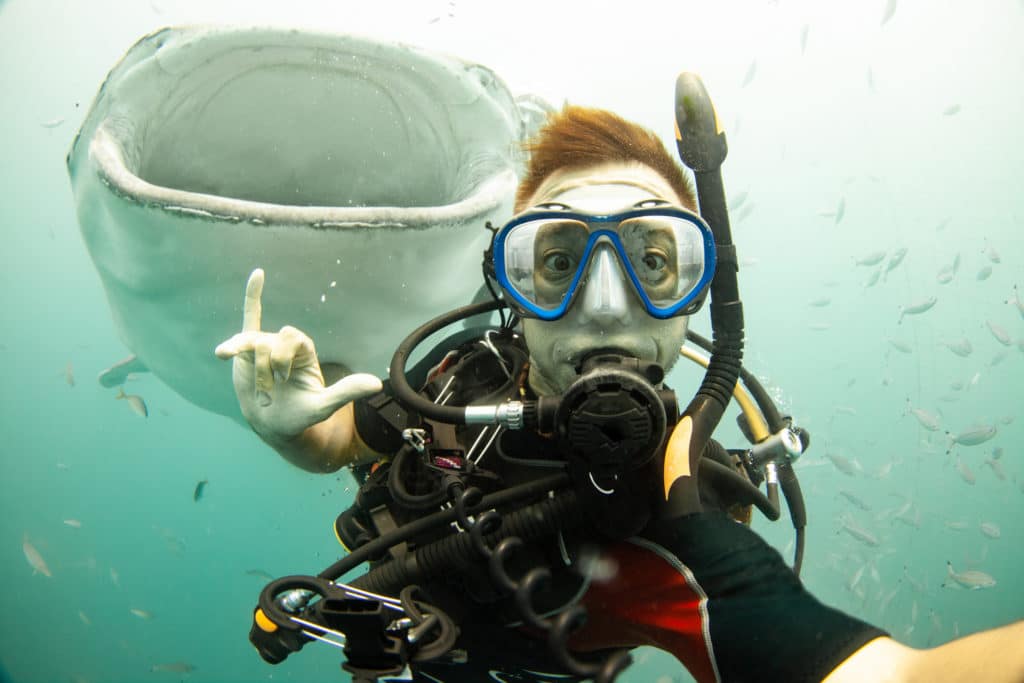
As you can see, social networks have profoundly changed travelers’ habits, whether in terms of sources of inspiration or trip organization. Internet users don’t hesitate to draw on numerous sources, including social networks, to personalize their experience as much as possible. That’s why it’s vital for tourism professionals to be present and active on the right social networks.
A few years ago, the end of mass tourism was heralded by the emergence of eco-tourism and all other forms of sustainable or solidarity-based travel, but we have to admit that mass tourism has not said its last word, and is constantly finding new ways to use it, as with Instagram. Today, we no longer travel for the pleasure of discovering places, but for the pleasure of showing others that we were there. This egocentric drift is exacerbated by the fashion for social networks and selfies, and constitutes the new mass tourism.
New trends have been emerging for some time now to counter these excesses, such as not displaying the geolocation of a location on one’s photos so as not to participate in this mass tourism. Take the example of the NGO WWF France, which created a fictitious “I protect Nature” geolocation in 2019 to combat the tourist rush that threatens natural sites and their biodiversity.
It’s up to destinations and tourism players to communicate appropriately on social networks to maintain the appeal and meaning of travel beyond the Instagrammable aspect.
